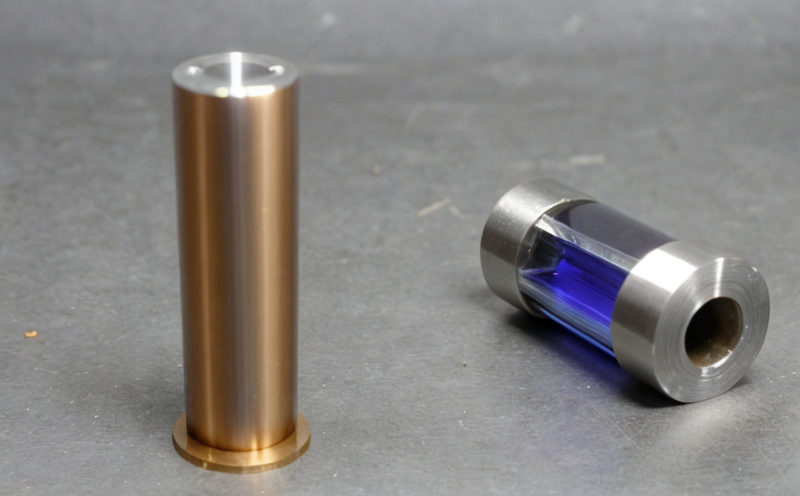AATCC 158 Dimensional changes in drycleaning of textiles
The AATCC (Association of Testing Authorities, Inc.) Standard Test Method for Determining Dimensional Changes in Drycleaning of Textiles (AATCC 158) is a crucial tool for the textile industry. This test assesses how fabrics and garments change in size during dry cleaning processes. Understanding these changes is essential for maintaining product quality and ensuring customer satisfaction.
Dimensional stability in textiles, particularly after dry cleaning, impacts fabric appearance, fit, and overall durability. As a result, this testing method plays an integral role in the development, production, and quality assurance of garments and other textile products. The test is widely used by weavers, manufacturers, and retailers to ensure that their products meet strict industry standards.
The AATCC 158 test involves several key steps. Specimens are first prepared according to specified dimensions and then subjected to a series of drycleaning cycles using either perchloroethylene (perc) or a similar solvent. After the cleaning process, the specimens are measured again for any changes in length and width. The percentage change is calculated based on these measurements.
The test results provide valuable insights into the dimensional stability of textiles, helping manufacturers to identify potential issues early in the product development cycle. This information is critical for optimizing manufacturing processes, selecting appropriate cleaning chemicals, and ensuring compliance with industry standards.
Understanding the environmental impact of drycleaning also plays a role in this testing method. Perc has been identified as an environmentally hazardous substance, leading to increased scrutiny from regulatory bodies worldwide. By using AATCC 158, manufacturers can ensure that their products are not only aesthetically pleasing but also environmentally responsible.
The test is not limited to just one type of fabric; it can be applied across various material types, including synthetic fibers and blends. This versatility makes it a valuable tool for the textile industry as a whole. The AATCC 158 standard ensures that textiles undergo consistent testing methods, providing reliable data that can be used by quality managers, compliance officers, R&D engineers, and procurement teams.
Benefits
- Ensures dimensional stability of textiles after dry cleaning processes
- Supports product development and optimization of manufacturing processes
- Facilitates compliance with industry standards and regulatory requirements
- Enhances customer satisfaction by providing high-quality products that maintain their appearance and fit
Quality and Reliability Assurance
The AATCC 158 test is essential for ensuring the quality and reliability of textiles in the drycleaning process. By adhering to this standard, manufacturers can ensure that their products meet high-quality standards and are reliable over time. This testing method helps identify potential issues early on, allowing for timely adjustments in the manufacturing process.
Quality assurance is critical in maintaining customer trust and satisfaction. Customers expect their garments to retain their shape and fit after multiple drycleaning cycles. By using AATCC 158, manufacturers can ensure that their products meet these expectations, thereby enhancing brand reputation and customer loyalty.
The reliability of the test results is further enhanced by its use in compliance with international standards such as ISO (International Organization for Standardization), ASTM (American Society for Testing and Materials), EN (European Norms), IEC (International Electrotechnical Commission), and others. These standards provide a framework for consistent testing methods, ensuring that results are accurate and reproducible.
The AATCC 158 test is not only beneficial for manufacturers but also for compliance officers who must ensure adherence to regulatory requirements. By using this standard, companies can avoid potential legal issues and maintain their good standing with regulatory bodies. This ensures a smooth operation and reduces the risk of penalties or fines.
Competitive Advantage and Market Impact
- Provides a competitive edge by ensuring product quality and reliability
- Enhances brand reputation through consistent product performance
- Maintains customer trust and satisfaction, leading to increased sales and market share
- Supports compliance with international standards, thereby reducing the risk of regulatory issues





